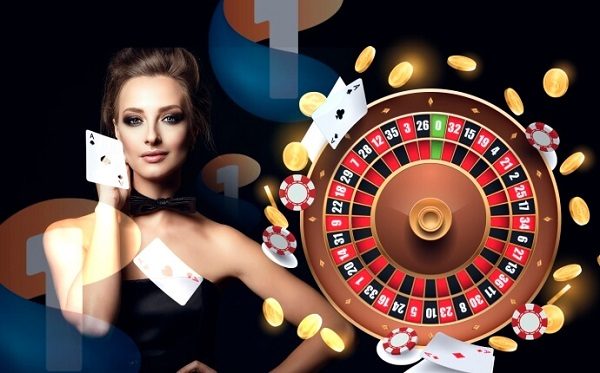Casino Game Design: How Visuals and Sounds Impact Player Experience

Casino game design is a carefully crafted art form that goes far beyond the spinning reels and flashing lights that players see on the surface. It’s a blend of psychology, technology, and creative aesthetics, all meticulously designed to create an engaging and immersive experience. Every element, from the graphics and sound effects to the user interface and reward systems, is strategically developed to keep players entertained and, ultimately, coming back for more.
The Power of Graphics and Colors
The visual aspect of real money casinos games is one of the first things that catch a player’s attention. Designers use vibrant colors, smooth animations, and eye-catching themes to attract players. Whether it’s the nostalgic fruit symbols on a slot machine or the sophisticated layout of a digital poker table, every detail is designed to evoke a specific emotional response. Bright colors like red and gold are often used because they are associated with excitement, wealth, and success. The quality of the graphics is also crucial; high-definition visuals with smooth transitions enhance the overall experience, making the game more engaging.
Creating an Immersive Atmosphere
Sound plays a pivotal role in creating the atmosphere of a casino game. The chiming of coins, the spin of a roulette wheel, or the subtle background music all contribute to the immersive environment that keeps players engaged. Sound effects are often synchronized with in-game actions to reinforce positive experiences, such as winning a round or hitting a jackpot. This auditory feedback is not just for entertainment—it’s a psychological tool that reinforces the behavior of continuing to play. The right sound effects can make a virtual casino game feel as exciting and dynamic as being in a real-world casino.
User Interface and Experience
The user interface (UI) is another critical element in casino game design. It needs to be intuitive and easy to navigate to ensure that players can quickly understand how to play and access different features of the game. A well-designed UI minimizes frustration and maximizes the time players spend engaging with the game, rather than figuring out how it works. Additionally, the placement of buttons, the timing of animations, and even the responsiveness of controls are all fine-tuned to keep players in a state of flow, where they are fully immersed and engaged.
Casino game design is about more than just entertainment; it’s about creating an experience that resonates with players on multiple levels. By combining striking visuals, immersive soundscapes, and an intuitive user interface, designers can craft games that not only entertain but also captivate and retain players. Understanding these elements reveals the sophisticated strategies behind the seemingly simple allure of casino games.
